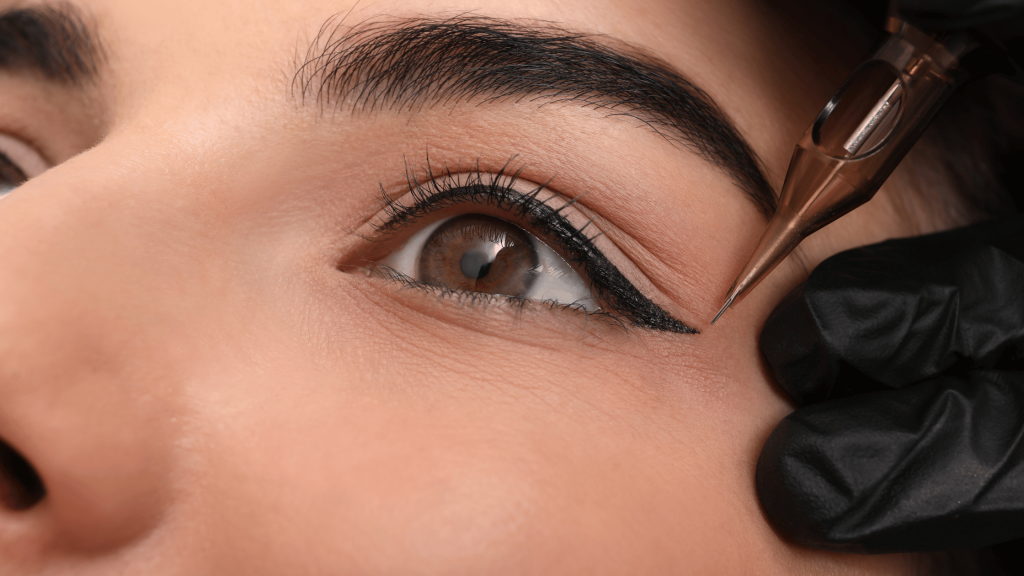
Permanent makeup, or cosmetic tattooing, has become the beauty world’s latest buzzword. This promising treatment, offering a semi-permanent solution to time-consuming makeup routines, seems to be the answer to many a beauty enthusiast’s prayers. However, while this ‘wake-up-and-go’ solution can indeed be a game-changer, it’s essential to understand the possible side effects. So, let’s explore the question on many minds: “What are the side effects of permanent makeup?”
The Beauty of Permanent Makeup
Before diving into the potential drawbacks, let’s appreciate why permanent makeup has garnered such popularity. The treatment, also known as micropigmentation, uses tattooing techniques to inject pigment into the skin’s dermis layer. The aim? To enhance or replicate traditional makeup, including eyebrow detailing, eyeliner application, and lip colouring. The results can last for several years, eliminating the daily ritual of makeup application and reapplication.
Understanding the Possible Side Effects
As is the case with any cosmetic procedure, permanent makeup carries potential side effects. Being well-informed before undergoing any treatment is critical to ensure safety and satisfaction.
Infection and Allergic Reaction: The procedure involves needles piercing the skin, making infection a potential risk if the equipment isn’t properly sterilised. Moreover, some people may experience allergic reactions to the pigments used. It’s vital to choose a reputable, certified professional to mitigate these risks.
Scarring: While uncommon, permanent makeup can cause keloid formation (an overgrowth of scar tissue) in individuals prone to this condition.
Dissatisfaction with Appearance: Given the semi-permanent nature of the procedure, any dissatisfaction with the results could be a long-term concern. Mistakes in pigment application, such as wrong colour or uneven lines, may require corrective procedures.

Granulomas and Bumps: In response to foreign substances, the body may form nodules around the injected pigment, leading to granulomas. These are generally harmless but may need medical treatment if they become a cosmetic concern.
MRI complications: Although rare, some pigments may interfere with MRI imaging tests, causing a slight burning sensation during the scan. If you’re due for an MRI, it’s crucial to inform the radiologist about your permanent makeup.
Preventing Side Effects: Choosing the Right Professional
The significance of choosing a well-qualified, experienced professional for permanent makeup can’t be overstated. They should maintain high standards of hygiene, use quality products, and possess a deep understanding of skin types and colour theory. Always ensure they are certified and have a portfolio of work you can review.
Knowing Your Skin
We all have unique skin types, and our bodies react differently to treatments. What works wonderfully for one person might not suit another. A comprehensive consultation before the procedure can identify potential risks based on your medical history and skin type.
Post-Care is Critical
Following the treatment, adhering to the given aftercare instructions is vital. This can include avoiding direct sunlight, refraining from picking scabs, and applying recommended creams to aid healing and prevent infection.
In Conclusion
Permanent makeup can be a fantastic solution for many, promising lasting beauty with minimal daily effort. However, understanding potential side effects and preparing for them can make all the difference in your experience. Remember, beauty procedures are never one-size-fits-all. Armed with the right knowledge and a trusted professional by your side, you can navigate the world of permanent makeup safely and successfully. Your journey to effortless, enduring beauty is just around the corner.